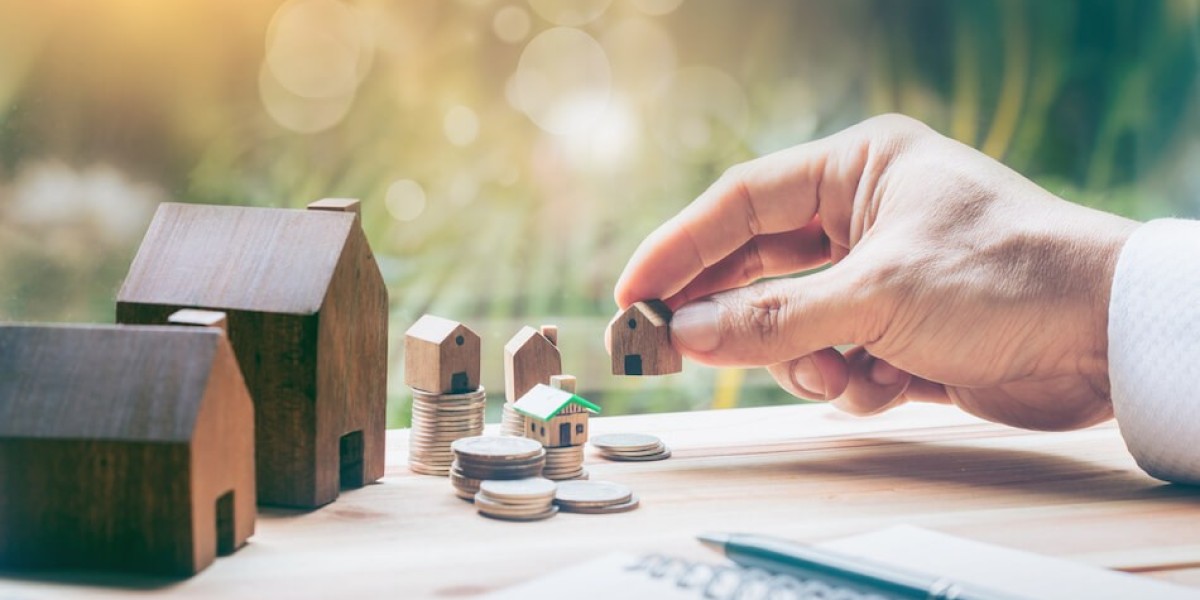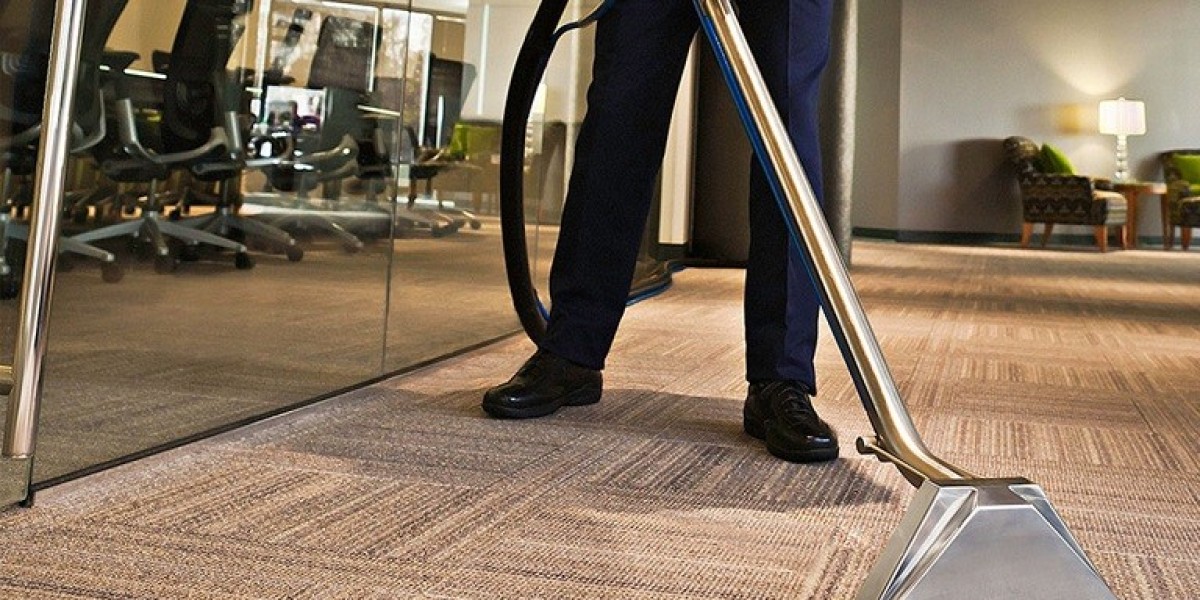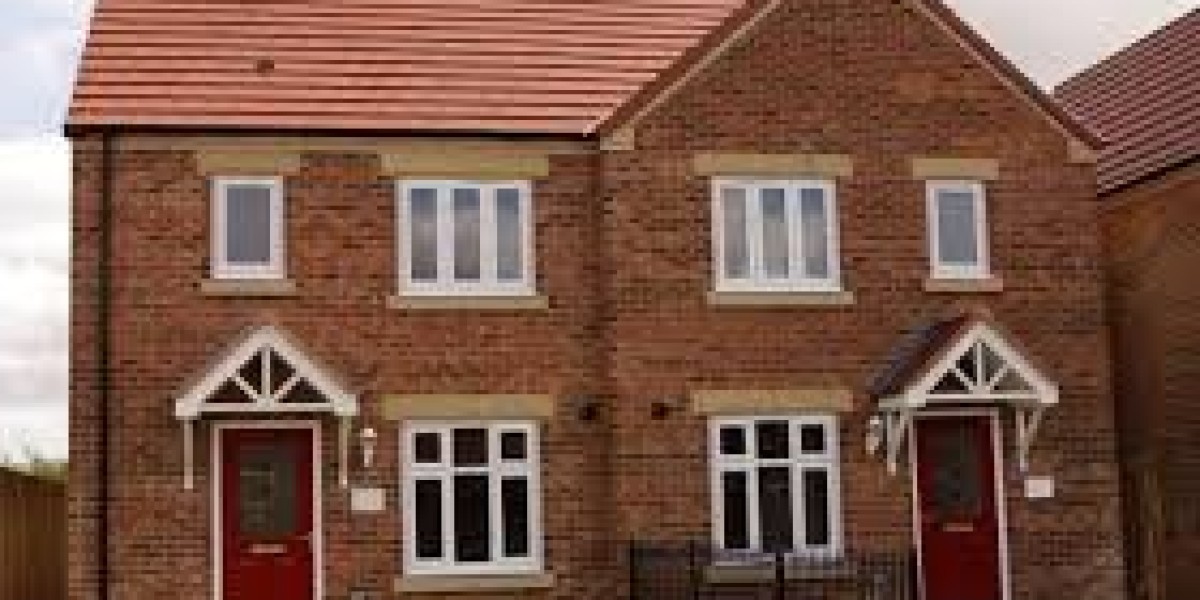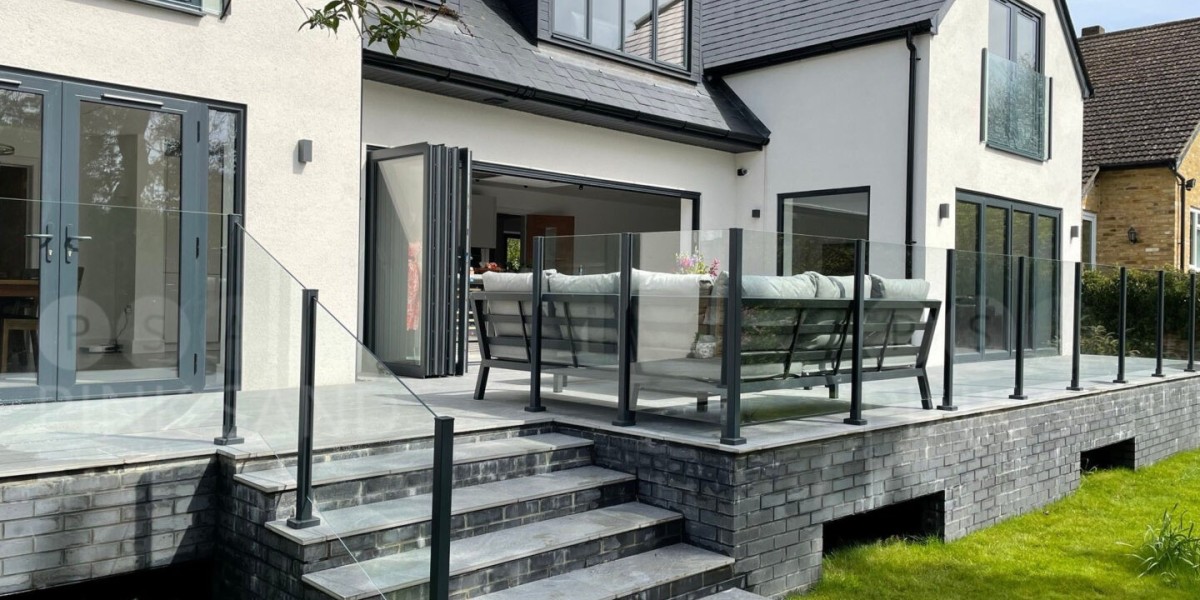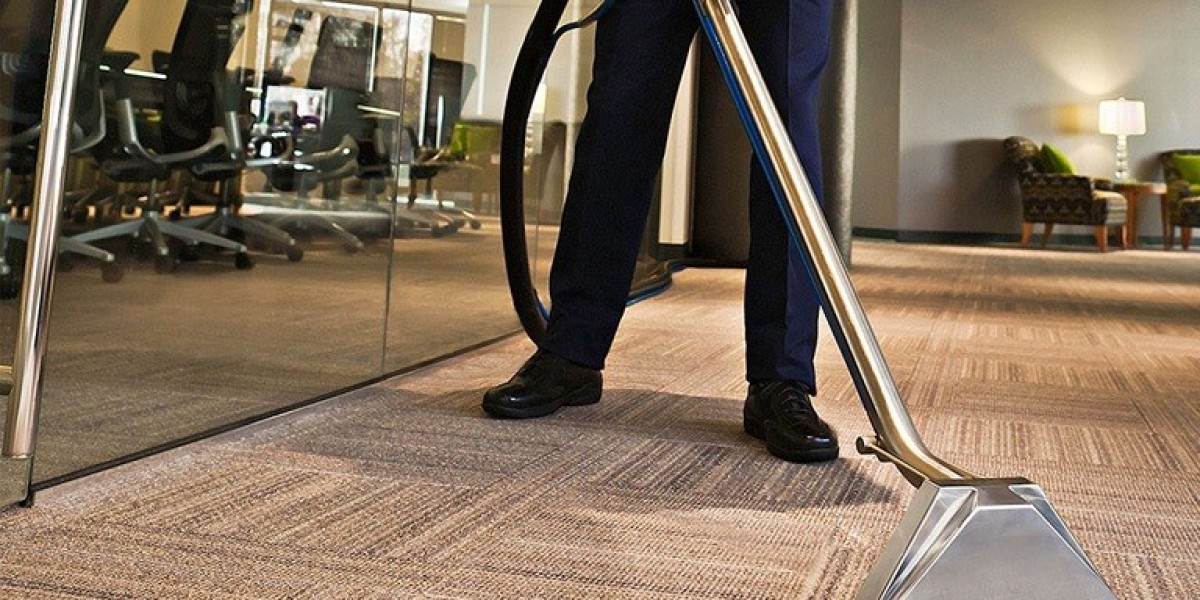What to Look for When Buying a Used Home
Buying a used home can be a smart decision—offering character, established neighborhoods, and often more space for your money compared to new constructions. However, it also comes with unique challenges and hidden risks. To make a confident and informed purchase, it’s crucial to know what to look for when buying a used home.
From inspecting the foundation to checking the plumbing and evaluating neighborhood safety, this guide covers everything you need to consider. Let’s walk you through the essential checklist to help you make the best choice possible.
1. Check the Structural Integrity
One of the most important aspects to assess is the structural integrity of the home. Look for visible cracks in the walls, ceilings, or foundation. These could be signs of serious issues like settling or even potential earthquake damage. Uneven floors and doors that don’t close properly may also signal structural problems. It’s wise to bring in a professional inspector to confirm any suspicions.
2. Roof Condition
Replacing a roof can be extremely expensive, so you want to ensure the one on your potential home is in good shape. Check for missing or damaged shingles, sagging areas, and signs of water leakage inside the attic. Ask the seller how old the roof is and whether any repairs or replacements have been done recently. A solid roof can save you thousands in future repairs.
3. Plumbing and Water Systems
Plumbing issues can become major headaches if not detected early. Look under sinks for leaks, inspect the water heater, and run all faucets to test water pressure and temperature. Water stains on walls or ceilings could indicate past or ongoing leaks. It’s also a good idea to find out whether the pipes are copper, galvanized steel, or PVC—some older piping materials may need replacement.
4. Electrical Systems
An outdated or faulty electrical system can be a safety hazard. Check if the home has a modern electrical panel and sufficient outlets in each room. Look for exposed wires, flickering lights, and test all switches. If the house still has knob-and-tube wiring or aluminum wiring, upgrading it will be essential and possibly expensive. This is another area where a home inspector can offer valuable insights.
5. HVAC System Health
Heating, ventilation, and air conditioning (HVAC) systems are essential for comfort and energy efficiency. Find out how old the system is and ask to see service records. Uneven heating or cooling, strange smells, or unusual noises are all signs that the system might need repairs or replacement. Energy-efficient systems not only perform better but can save money on utility bills in the long run.
6. Signs of Water Damage or Mold
Used homes may have hidden water damage or mold problems, especially in damp areas like basements, bathrooms, or under sinks. Mold can pose serious health risks and be costly to remove. Look for musty odors, discoloration on walls, and bubbling paint. If anything seems suspicious, get a mold inspection done before making an offer.
7. Windows and Doors
Windows and doors should open and close smoothly. Warped or poorly sealed windows can increase energy bills and signal water intrusion or foundation issues. Older single-pane windows may need upgrading to more energy-efficient models. Check for drafts around doors and windows, and ensure locks and handles are functional.
8. Kitchen and Appliances
Inspect all kitchen appliances included in the sale. Are they in working condition? How old are they? Even if the home seems perfect, old or malfunctioning appliances can become surprise expenses. Also, look at the condition of the cabinets, countertops, and flooring. These features are often costly to replace or repair.
9. The Basement and Attic
These often-forgotten spaces can tell you a lot about the home’s condition. In the basement, look for signs of moisture, mildew, and foundation cracks. In the attic, check for insulation quality, roof leaks, and pest activity. Both areas should be dry, clean, and well-ventilated.
10. Neighborhood and Location
While the house itself is critical, don’t overlook the location. Visit the property at different times of the day to get a feel for traffic, noise, and safety. Research crime rates, school districts, and future developments in the area. A beautiful home in the wrong neighborhood can affect your quality of life and property value.
11. Pest and Insect Issues
Termites, rodents, and other pests can cause major damage and lead to expensive repairs. Look for droppings, gnawed wood, or holes in walls. If the house has a history of pest infestations, ask for proof of recent treatment and consider a pest inspection for peace of mind.
12. Renovation and Repair History
Ask the seller for a record of any repairs or renovations done on the home. Were they done professionally and up to code? Poor-quality renovations can lead to future problems. Also, unpermitted work might create legal or insurance complications down the road.
13. Storage and Space Needs
Older homes might not always offer the closet or garage space you need. Make sure the storage areas fit your lifestyle. Look at cabinetry, pantry space, attic access, and the garage layout. If you need to expand in the future, consider whether the layout allows for additions.
14. Curb Appeal and Landscaping
While not a dealbreaker for most, the exterior of the home can impact your overall satisfaction. Look at the condition of the paint, driveway, gutters, and landscaping. Well-maintained exteriors usually indicate that the home has been cared for inside too.
15. Get a Professional Home Inspection
Even with your own careful evaluation, nothing replaces a thorough inspection from a licensed home inspector. They’ll spot issues you might miss and provide a detailed report. Use this report to negotiate repairs or price adjustments before finalizing the sale.
Conclusion
Buying a used home can be incredibly rewarding when done right. While older properties may have more charm and space, they also come with more maintenance and potential repairs. By knowing what to look for and doing your homework, you can avoid common pitfalls and make a smart, lasting investment.
Important Links
Step-by-Step Guide to Buying a House for the First Time
Best Places to Buy Rental Property for Cash Flow
How to Evaluate Property Value Before Buying
Buying Foreclosed Homes for Investment
